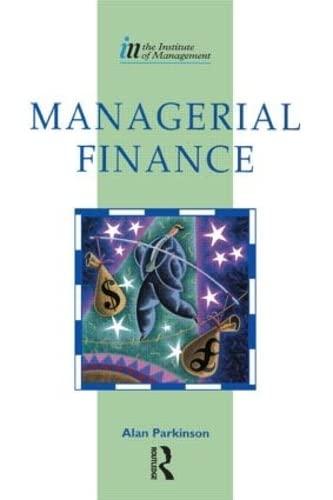Answered step by step
Verified Expert Solution
Question
1 Approved Answer
Current price of the stock is $40. The interest rate r=5%. For each observed put price the Black-Scholes model is used to extract the implied

 Current price of the stock is $40. The interest rate r=5%. For each observed put price the Black-Scholes model is used to extract the implied volatility and the delta. [A] Explain how we obtain the implied distribution from this table of option prices across strikes. Recall that this means the density function for S(T) that is consistent with the collection of put prices. Call this density function (pdf) q(x). [B] Suppose all you were told was that the market will charge you \$2.278 for the \$40-strike put. That option delivers a payoff if and only if the stock finishes below its starting price of $40. Just from the price of $2.278 could you extract the market's implied probability of that occurrence? [D] Above we see the "volatility skew" produced by these observed prices. Speaking very roughly, what does this downward-sloping skew say about the "look" of the implied distribution for low values of S(T) ? [ Suppose you were asked to offer the \$30-strike put to a client and all you could see was that the at-the-money put (the one struck at $40 ) was trading at 32% implied volatility. And suppose you priced and offered the $30-strike put at that same implied. (That would give you a price of $0.0621, by the way.) You would be undercharging for that put, correct? [F] Suppose you made this mistake and sold the put at 32% implied and hedged it (by shorting the stock) using the delta you obtained (at 32% implied). With that delta would you be under-hedging or over-hedging
Current price of the stock is $40. The interest rate r=5%. For each observed put price the Black-Scholes model is used to extract the implied volatility and the delta. [A] Explain how we obtain the implied distribution from this table of option prices across strikes. Recall that this means the density function for S(T) that is consistent with the collection of put prices. Call this density function (pdf) q(x). [B] Suppose all you were told was that the market will charge you \$2.278 for the \$40-strike put. That option delivers a payoff if and only if the stock finishes below its starting price of $40. Just from the price of $2.278 could you extract the market's implied probability of that occurrence? [D] Above we see the "volatility skew" produced by these observed prices. Speaking very roughly, what does this downward-sloping skew say about the "look" of the implied distribution for low values of S(T) ? [ Suppose you were asked to offer the \$30-strike put to a client and all you could see was that the at-the-money put (the one struck at $40 ) was trading at 32% implied volatility. And suppose you priced and offered the $30-strike put at that same implied. (That would give you a price of $0.0621, by the way.) You would be undercharging for that put, correct? [F] Suppose you made this mistake and sold the put at 32% implied and hedged it (by shorting the stock) using the delta you obtained (at 32% implied). With that delta would you be under-hedging or over-hedging Step by Step Solution
There are 3 Steps involved in it
Step: 1

Get Instant Access to Expert-Tailored Solutions
See step-by-step solutions with expert insights and AI powered tools for academic success
Step: 2

Step: 3

Ace Your Homework with AI
Get the answers you need in no time with our AI-driven, step-by-step assistance
Get Started


